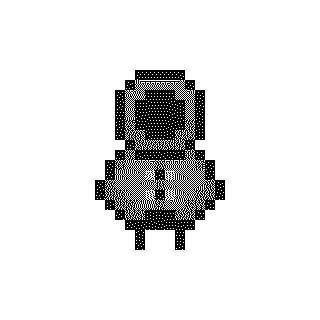“We know that a rhythm is slow or lively only in relationto other rhythms (often our own: those of our walking, our breathing, our heart)”
p.10
In short, rhythms escape logic, and netherless contain a logic, a possible calculus of numbes and numerical relations”
p. 11
Noise. Noises. Murmurs. When lives are lived and hence mixed together, they distinguish themselves badly from one another. Noise, chaotic, has no rhythm. However, the attentive ear begins to separate out, to distinguish the sources, to bring them back together by perceiving interactions. If we cease to listen to sounds and noises and instead listen to our bodies (the importance of which cannot be stressed too greatly), we normally grasp (hear, understand) neither the rhythms nor their associations, which nonetheless constitute us. It is only in suffering that a particular rhythm breaks apart, modified by illness. The analysis comes closer to pathology than habitual arrhythmia.
In order to grasp and analyse rhythms, it is necessary to get outside them, but not completely: be it through illness or a tech-nique. A certain exteriority enables the analytic intellect to function. However, to grasp a rhythm it is necessary to have been grasped by it; one must let oneself go, give oneself over, abandon oneself to its duration.
p. 28-29, on the ryhthm of the crosswalk
The rhythm that is proper to capital is the rhythm of producing (everything: things, men, people, etc.) and destroying (through wars, through progress, through inventions and brutal interven-tions, through speculation, etc.). It is often said: ‘Yes, it was like this or that in the old days; then the world changed ‘ This isn’t wrong, but it does not go beneath the surface; in fact there were, as we have seen, great rhythms of historical time: apology for the body and following that negation of the body – exaltation of love and pleasure then depreciation and apology for frivolity – taste for and then refusal of violence, etc. Capital replaced these alternatives with the conflicting dualities of production and destruction, with increasing priority for the destructive capacity that comes at its peak and is raised to a world scale. Which, on the negative side, therefore plays the determining role in the conception of the world and the worldly.
p. 55
